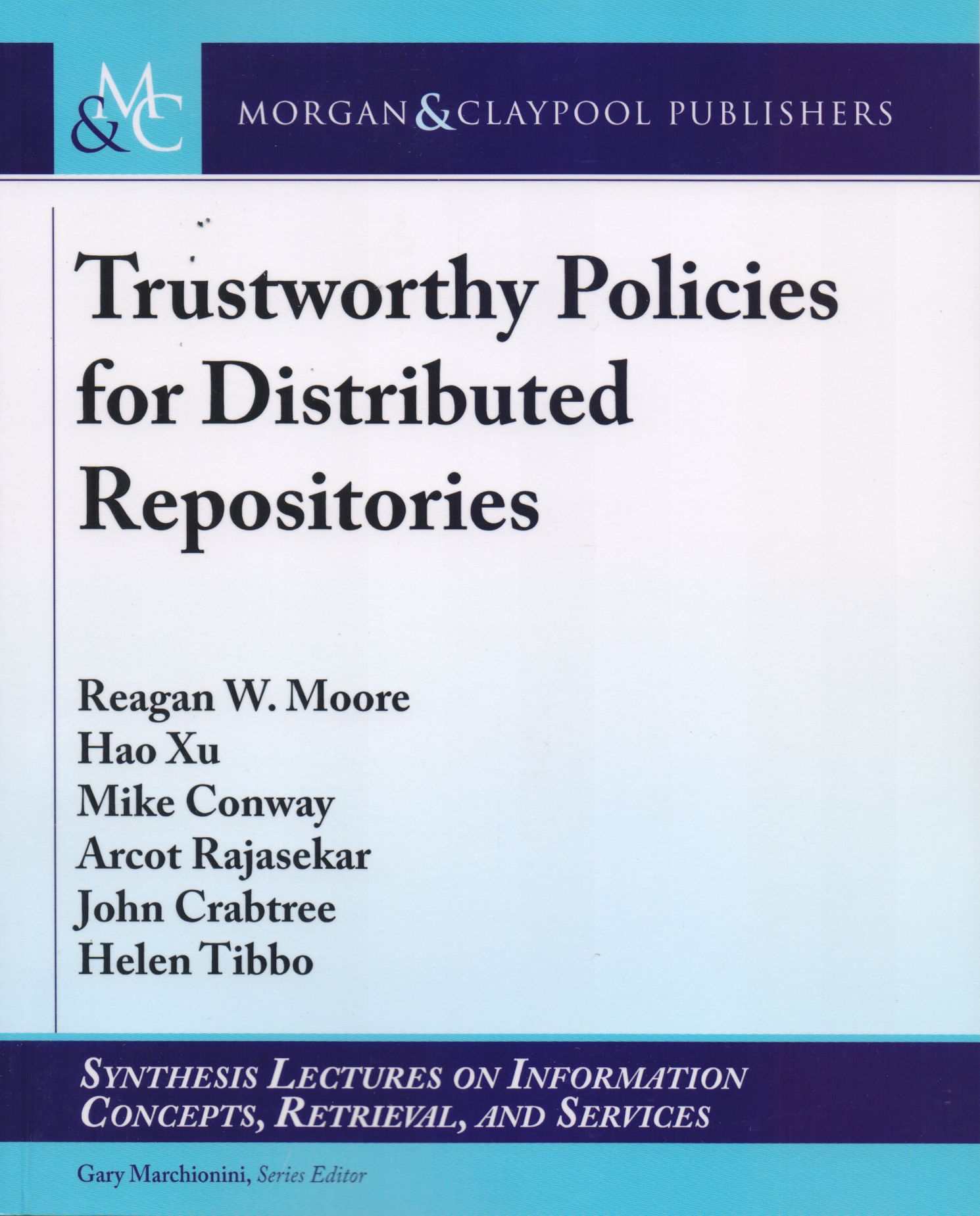Libros relacionados
 |
Scholarly Collaboration On The Academic Social Web He, Daqing / Jeng, Wei Morgan & Claypool Publishers |
 |
Database Anonymization: Privacy Models, Data Utility, And Microaggregation-Based Domingo-Ferrer, Josep / Sánchez, David / Soria-Comas, Jordi Morgan & Claypool Publishers |
 |
Dynamic Information Retrieval Modeling Hui Yang, Grace / Sloan, Marc / Wang, Jun Morgan & Claypool Publishers |
 |
Trustworthy Policies For Distributed Repositories W. Moore, Reagan / Xu, Hao / Conway, Mike / Rajasekar, Arcot Morgan & Claypool Publishers |
 |
Notion Of Relevance In Information Science, The: Eveybody Knows What Relevance I Saracevic, Tefko Morgan & Claypool Publishers |
 |
Semantic Interaction For Visual Analytics: Inferring Analytical Reasoning For Mo Endert, Alex Morgan & Claypool Publishers |
 |
Implementing And Assessing Use-Driven Acquiitions: A Practical Guide For Librari Carrico, Steven / Leonard, Michelle / Gallagher, Erin Rowman & Littlefield Publisher Inc |


|
Título: Learning From Multiple Social Networks | |
| Autor: Nie, Liqiang / Song, Xuemeng / Chua, Tat-Seng | Precio: $1125.00 | |
| Editorial: Morgan & Claypool Publishers | Año: 2016 | |
| Tema: Informacion, Conceptos | Edición: 1ª | |
| Sinopsis | ISBN: 9781627054249 | |
| With the proliferation of social network services, more and more social users, such as individuals and organizations, are simultaneously involved in multiple social networks for various purposes. In fact, multiple social networks characterize the same social users from different perspectives, and their contexts are usually consistent or complementary rather than independent. Hence, as compared to using information from a single social network, appropriate aggregation of multiple social networks offers us a better way to comprehensively understand the given social users.
Learning across multiple social networks brings opportunities to new services and applications as well as new insights on user online behaviors, yet it raises tough challenges: (1) How can we map different social network accounts to the same social users? (2) How can we complete the item-wise and block-wise missing data? (3) How can we leverage the relatedness among sources to strengthen the learning performance? And (4) How can we jointly model the dual-heterogeneities: multiple tasks exist for the given application and each task has various features from multiple sources? These questions have been largely unexplored to date. We noticed this timely opportunity, and in this book we present some state-of-the-art theories and novel practical applications on aggregation of multiple social networks. In particular, we first introduce multi-source dataset construction. We then introduce how to effectively and efficiently complete the item-wise and block-wise missing data, which are caused by the inactive social users in some social networks. We next detail the proposed multi-source mono-task learning model and its application in volunteerism tendency prediction. As a counterpart, we also present a mono-source multi-task learning model and apply it to user interest inference. We seamlessly unify these models with the so-called multi-source multi-task learning, and demonstrate several application scenarios, such as occupation prediction. Finally, we conclude the book and figure out the future research directions in multiple social network learning, including the privacy issues and source complementarity modeling. This is preliminary research on learning from multiple social networks, and we hope it can inspire more active researchers to work on this exciting area. If we have seen further it is by standing on the shoulders of giants |
||
Librería Bonilla SA de CV © Todos los derechos reservados. 2019
Última actualización: Jul 2019





